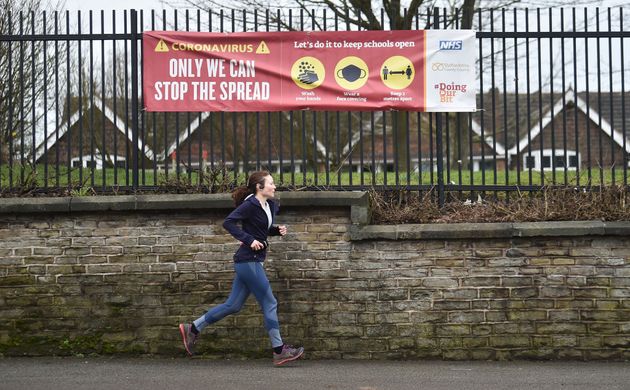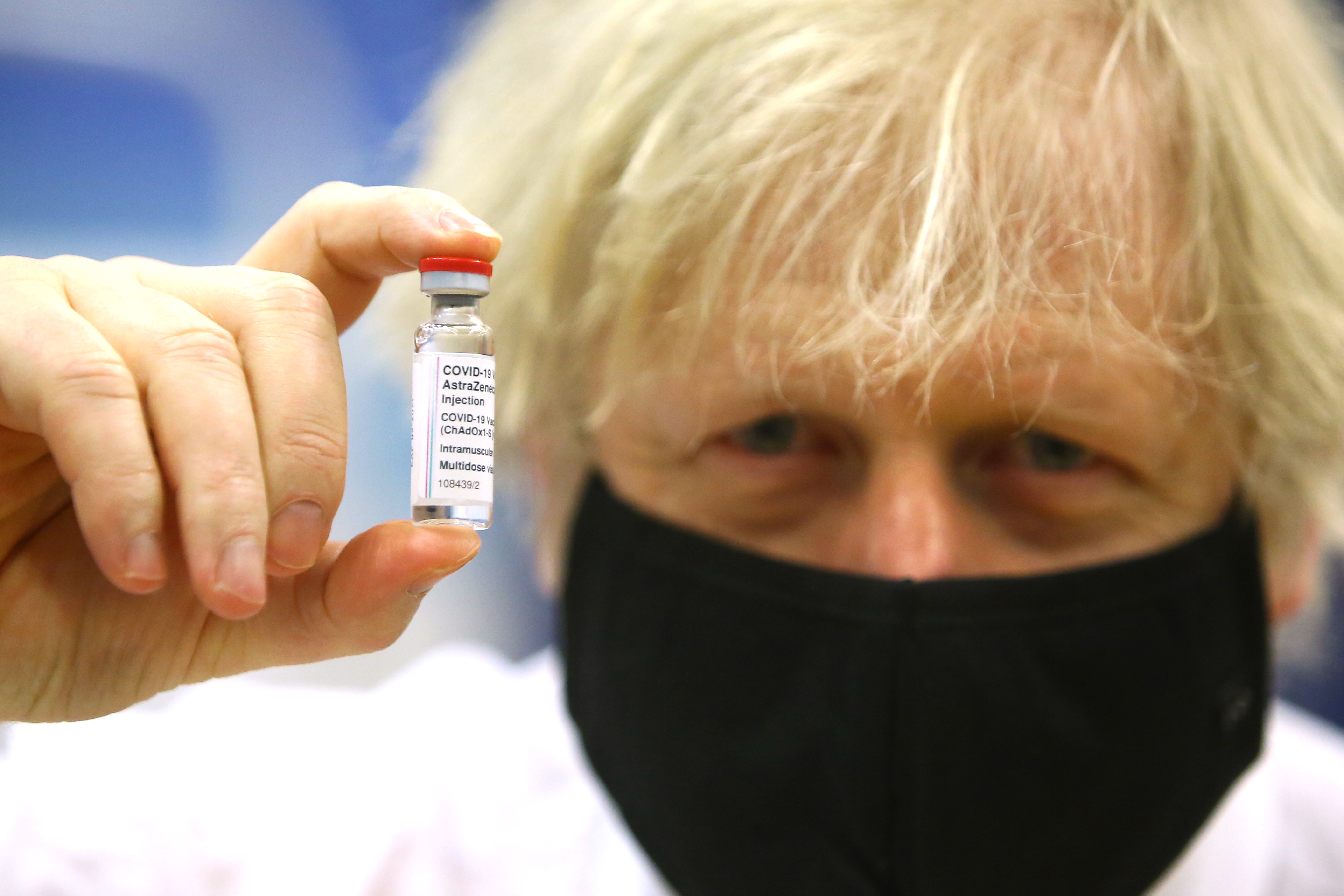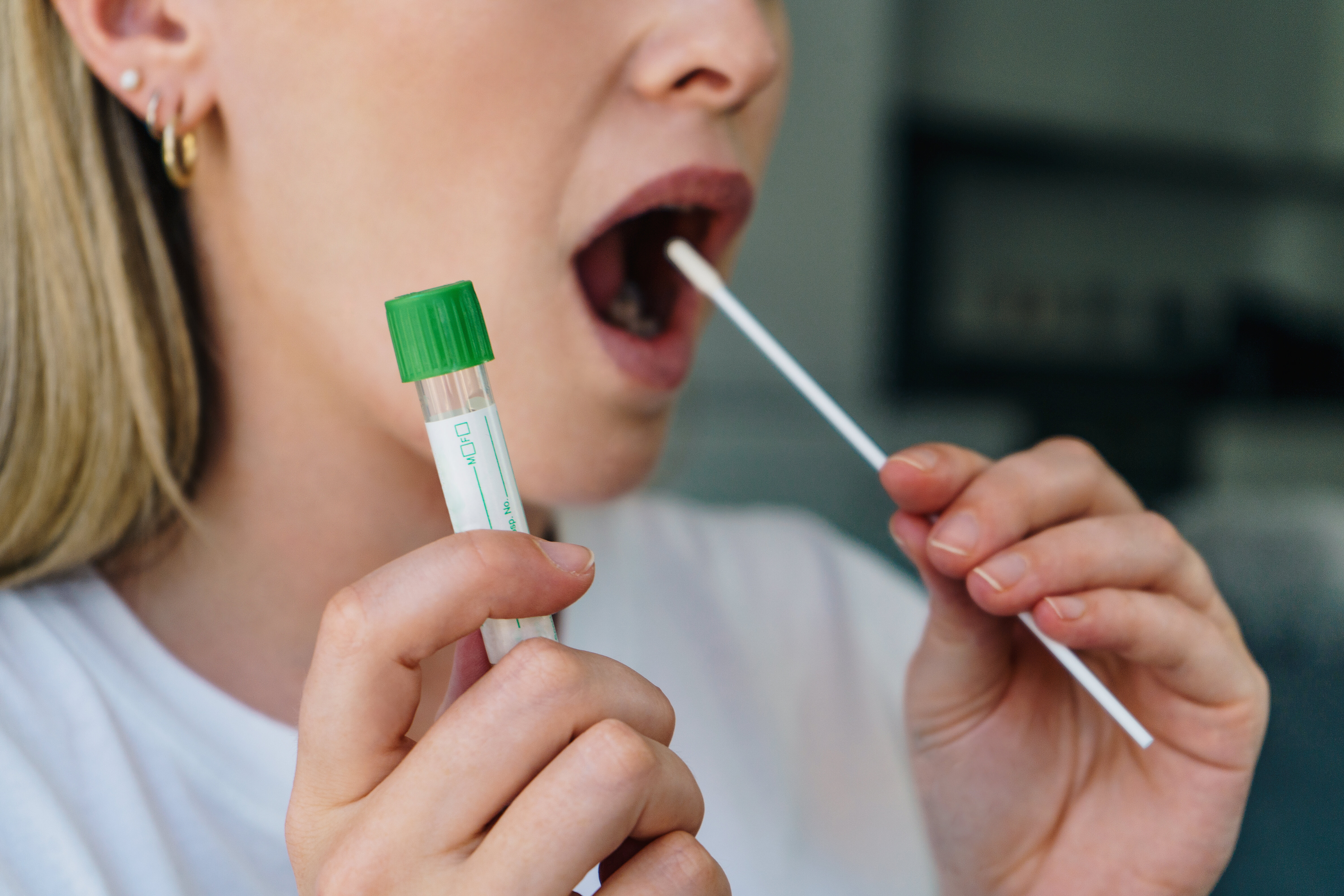Boris Johnson is preparing to roll out his long-awaited roadmap out of lockdown, with schools to be the first thing to reopen on March 8.
But determining each phase of the easing process will be four criteria.
The prime minister’s “cautious” plan, due to be revealed today in the House of Commons, will spell out what the country needs to be achieving as the nation emerges from its third national lockdown.
The government will take into account the success of the vaccines rollout, whether there is evidence they are reducing hospital admissions and deaths, the level of infection rates and the presence of any new Covid variants.

Such data will be examined ahead of each step along the road map before measures are unlocked any further.
These are the four tests, and what we know about how they are being met so far.
Successful deployment of the vaccination programme
More than 17.2 million people have now received their first dose of a coronavirus vaccine, while more than 600,000 people have received their second, the government said.
Last week, the prime minister pledged to offer all adults in the UK a jab by the end of July.
Ministers had set a target to offer vaccines to all adults by September, with an aim to reach all those aged 50 and over in the first nine JCVI priority groups by May.
The new targets will be seen as a sign of increasing confidence within the government that the vaccine supply will remain steady over the coming months.
An ambition to offer jabs to all those in the top four priority groups – adults aged 70 and over, frontline health and social care workers and the most clinically vulnerable – was met by February 15.
Professor Adam Finn, from the University of Bristol and a member of the Joint Committee on Vaccination and Immunisation (JCVI), said “everything’s moving in the right direction” when it comes to how jabs are working.
Vaccines shown to be effective in reducing deaths and hospitalisations
The second test Downing St will be looking at in weeks to come will be evidence that vaccines are sufficiently effective in reducing hospitalisations and deaths in those vaccinated.
Vaccines minister Nadhim Zahawi said Boris Johnson would unveil data on the effect of coronavirus jabs on hospital admissions and deaths when announcing the road map later on Monday.
“Suffice to say the evidence looks good,” he told Sky News.
“The Oxford team demonstrated their own evidence of cutting transmission by two thirds.
“We wouldn’t be in this place this morning to be able to say that we’re going to reopen schools on March 8, and of course, as the school holidays begin on March 29, we will look at the rule of six and two families being (able) to see each other outdoors, if we’re not confident that actually the vaccine programme is beginning to really bear fruit.”
The number of patients in hospital in England with Covid-19 has fallen sharply in recent weeks.
A total of 15,633 patients were in hospital as of 8am on February 18, down 54% from a record 34,336 patients exactly one month earlier.
But while this is a sizeable drop, numbers at both a national and regional level are still higher than when England came out of its second lockdown on December 2.
All regions also continue to report patient numbers well above those seen last May, when Boris Johnson announced the initial easing of the first lockdown.
A further 533 people had died within 28 days of testing positive for Covid-19 as of Friday, bringing the UK total to 119,920, and there had been another 12,027 lab-confirmed cases of coronavirus, increasing the UK total to 4,095,269.
Infection rates
The third test will be infection rates, and making sure they do not risk a surge in hospitalisations, which would put unsustainable pressure on the NHS.
Currently, coronavirus infections are dropping across the UK. Around one in 115 people in private households in England had Covid-19 between February 6 and 12, the Office for National Statistics (ONS) said, down from around one in 80 people from January 31 to February 6.
Meanwhile, in Wales, around one in 125 people are estimated to have had Covid-19 between February 6 and 12, down from one in 85 previously.
In Northern Ireland, the figure is around one in 105 people, down from one in 75, while in Scotland it is around one in 180 people, down from one in 150.
The data, which does not cover care homes and hospitals, is based on swab tests from thousands of people regardless of whether or not they have symptoms.
Figures show a continued decline since Christmas in the number of new cases of coronavirus, although rates vary according to region.
Overall, 74,961 new cases were recorded in England in the seven days to February 14, the equivalent of 133.2 per 100,000 people.
This is down sharply from a peak of 680.8 cases per 100,000 people on January 4. It is also the lowest seven-day rate since October 4.
The reproduction number, or R rate, of coronavirus transmission across the UK is now below 1 for the first time since July.
According the Government Science Office it is estimated to be between 0.7 and 0.9.
R measures the number of people, on average, that each sick person will infect. If R is greater than 1, the epidemic is generally seen to be growing; if R is less than 1 the epidemic is shrinking.
Variants of concern
The final test will be that the assessment of the risks is not fundamentally changed by new variants of concern.
Scientists have identified various new variants of coronavirus which have potentially concerning mutations. The latest, known as B.1.525, contains a genetic change called E484K, also found in the Brazilian and South African variants.
Public Health England (PHE) has said there is no evidence that the mutations in the new variant make the virus more transmissible or cause severe disease.
It said B.1.525 has been classed as a variant under investigation (VUI) and as of Tuesday, 38 cases had been identified in the UK.
The variant has also been seen in other countries, including Australia, Denmark, Nigeria, Canada and the US.
Laboratory studies have shown that viruses with the E484K mutation can escape human defences, making them more efficient at evading natural and vaccine-triggered immunity.
Other new variants of concern in the UK include the South African variant, with 202 cases, and the Bristol variant, with 22 cases. The Kent variant is the dominant virus in the UK.
A variant first identified in Liverpool, which has been dubbed by the PHE as VUI, currently has 56 cases.
Scientists are already working on new vaccines to target coronavirus variants, some of which may become available during autumn.
Surge testing has now been deployed in specific locations across numerous areas in England in a bid to control and suppress the potential spread of virus variants.



